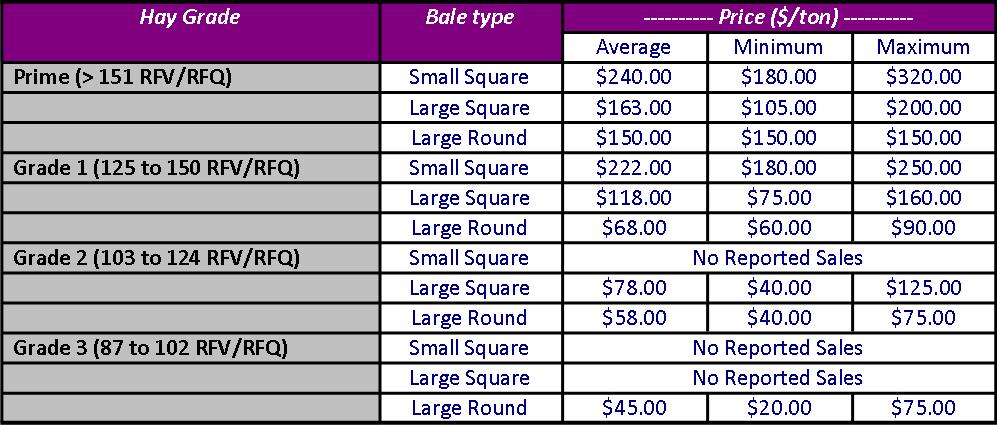New Extension Mobile App for Pricing Standing Corn Silage
New Extension Mobile App for Pricing Standing Corn Silage Find free app download below! Waupaca, Wis. – The start of corn silage harvest for 2016 is just around the corner. Most corn silage is harvested from late August through early November, when energy, fiber and moisture are at their best, depending on planting date, hybrid […]
Read More...




